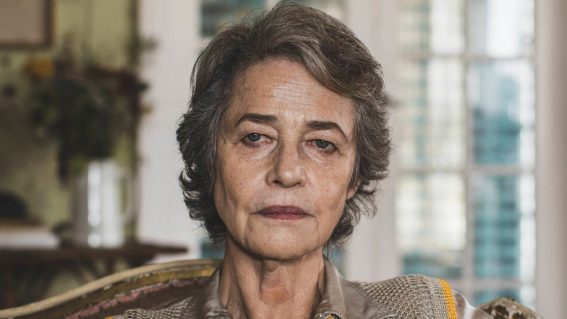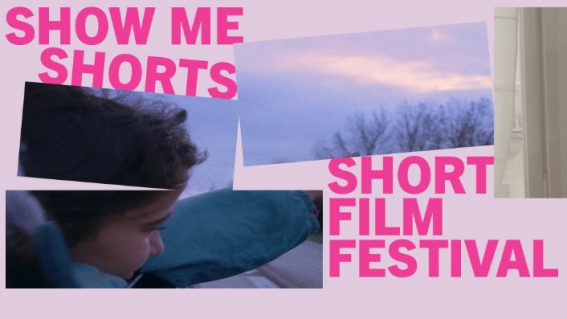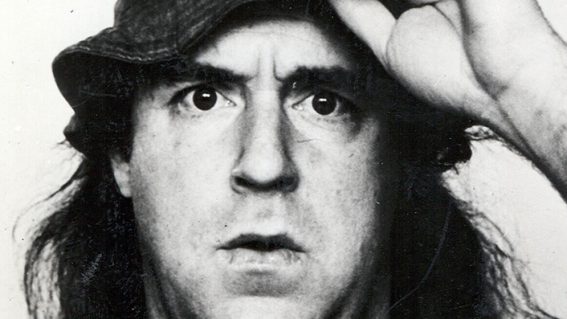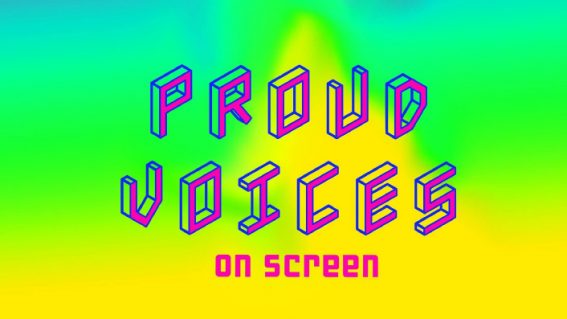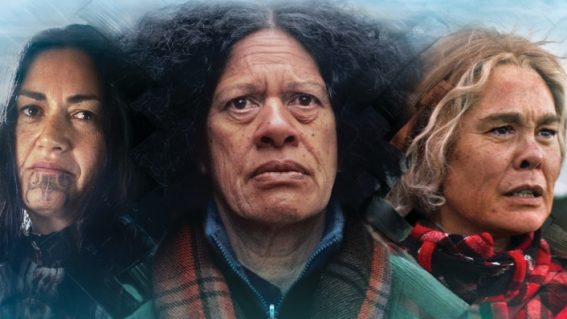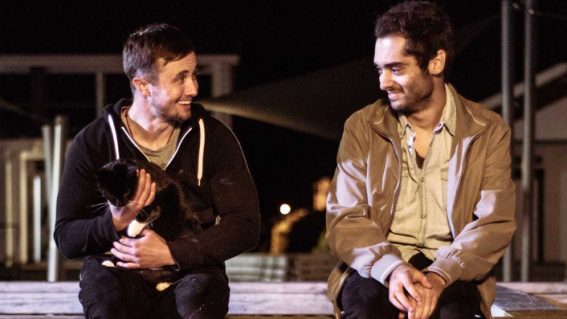An expert analysis on Anthony Hopkins’ Kiwi accent in World’s Fastest Indian
Language expert Elizabeth Gordon & phonetician Margaret Maclagan weigh in.
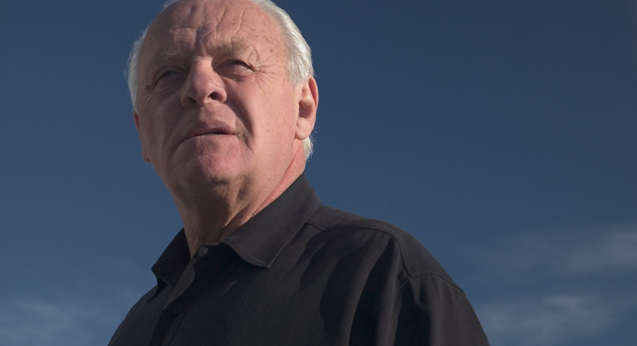
The World’s Fastest Indian is Roger Donaldson’s cinematic tribute to Invercargill motorcycle legend Burt Munro who, at the lively age of 68, went out to set the land speed record. The film scooped up a whopping seven New Zealand Film Awards in 2006 including Best Film, though some would argue that Anthony Hopkins’ attempt at the Kiwi accent was the film’s most impressive feat.
As many NZers unfortunately know, Hollywood has a long history of non-Kiwi actors butchering our tricky snowflake of an accent – from Enter the Dragon to Ender’s Game. Unlike the pretenders, however, Hopkins didn’t embarrass himself with his vocal performance.
But was it actually good?
“The classically-trained Oscar-winning actor absolutely nails the barely-articulated-ramble-punctuated-by-sparks-of-thin-vocal-energy that defines NZ diction,” writes Dominic Corry for the NZ Herald.
“He never gets anywhere near a Kiwi accent,” objects Peter Calder, also for the NZ Herald. “His vowels swoop from the Welsh valleys to the high veldt without ever alighting in Southland.”
I wrote a piece a few years ago about our unusual relationship with the Kiwi accent and how it’s represented in cinema. Long story short: I didn’t have much faith that we’d ever get used to hearing our accent portrayed by anyone other than an NZer.
However, I’m no expert. So I approached one to see if Hopkins truly nailed our funky phonemes.
We posited a 10-minute excerpt from NZ On Screen to NZ language expert Elizabeth Gordon. With the help of phonetician Prof. Margaret Maclagan, they concluded that Hopkins produced a reasonable attempt at the NZ accent.
“Burt Munro was born in Invercargill in 1899,” Gordon explains. “This means that he would have had an older Southland version of the NZ accent, pronouncing the postvocalic /r/. It also means that he would not have recent features of the NZ accent, such as the centralised KIT vowel (in ‘Fush and Chups’), or the EAR/AIR merger, where AIR words are pronounced as EAR.
“Also his front vowels would not be as high as they are today (with ‘bed’ sounding like ‘bead’). He does sound like an old New Zealander, and not like a modern New Zealander.
“There is some variability. He pronounced some of his r’s but not others. The /r/ today in Southland is pronounced in words with the NURSE vowel (e.g. how ‘terms’ can sound like ‘tombs’) so I would have expected a man of his age to pronounce an /r/ with all words with the NURSE vowel.
“In words like ‘horse’ or ‘cart’, it could be variable. But he doesn’t pronounce his name Bert with the /r/. He puts the /r/ on the ‘a’ in Invercargill rather that the ‘er’. So it is a bit haphazard, but not enough to cause problems.
“His STRUT vowel is really good, but the vowel in START is too far back for the Southern Hemisphere,” Maclagan added. “His articulatory setting is just right – what we call voice quality – and would strongly affect what we perceive as the ‘New Zealandness’ of his speech.”
There you have it. Hopkins may not have totally nailed our complex accent but, unlike the vast majority of attempts, he gave a professionally-certified good effort.
This story is part of our month-long celebration of 40 years of NZ film. Follow all our daily coverage here.











